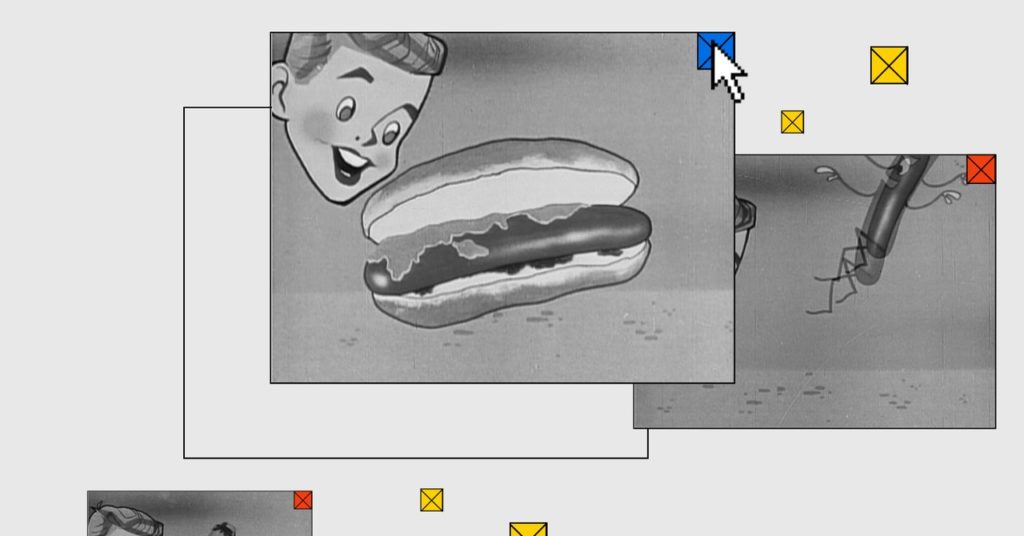Chrome Is Fixing the Web’s Most Annoying Video Problem
Google has finally decided to clamp down on those intrusive autoplay video ads….


Plenty of online ads are terrible. Websites are often filled with intrusive ads that make getting to the actual content twice as hard. Amongst the worst offenders: autoplay video ads that start blaring out their message the second a page begins to load.
Now something is finally being done about it, with Google announcing a major clampdown on irksome video ads. Engineers from Google Chrome confirmed in a blog post that the browser will stop showing three of the most frustrating ad types, starting in August.
Wired UK
This story originally appeared on WIRED UK.
The first are long preroll video ads or clusters of ads that last more than 31 seconds and can’t be skipped by the viewer in the first five seconds. The second type of video ads targeted by the update are arguably the most frustrating: any midroll ads that appear once a video has hit a certain point. Also on the list are images or text ads that appear in the middle of a video and cover more than 20 percent of the content. The three types of ads will be banned only on what’s considered short-form video—clips under eight minutes in length.
While Chrome is the world’s biggest web browser, with around 70 percent market share, the move wasn’t initiated purely by Google. The Coalition for Better Ads, whose members include Google, Facebook, the Interactive Advertising Bureau, and the World Federation of Advertisers, has been researching viewers’ ad preferences online.
Its work surveying 45,000 people in eight countries with high online ad spending spurred Google to announce the changes within Chrome. The group’s research found that the least liked type of short-form video ads were those that cover 50 percent of the video, all types of midroll ads (ranging from 6 seconds to 60 seconds), and also preroll ads that can’t be skipped.
Online advertising is big business. Facebook and Google’s ad reach across the web makes the companies billions every year. In 2019, Instagram alone earned Facebook $20 billion and YouTube (owned by Google) made $15 billion from ads.
Unsurprisingly, the less obvious and intrusive advertising is, the less people mind it. Image ads at the end of videos, small images on top of playing videos, and six-second preroll ads were the least disliked, the group found. As a result of the work, the coalition updated its guidelines to say the three types of ads now being targeted by Chrome shouldn’t be allowed on videos.
The problem of intrusive ads isn’t new. The use of ad blockers continues to rise, while there’s also evidence that targeted advertising doesn’t work. Data from 2016 revealed that around 20 percent of 16- to 24-year-olds used an ad blocker while browsing the web.
Google is giving websites that serve intrusive video ads a few months to make changes, which will come into force in August. “Chrome will expand its user protections and stop showing all ads on sites in any country that repeatedly show these disruptive ads,” Jason James, a Chrome product manager, wrote in the company’s blog post. The company also says it will check YouTube ads to ensure they comply.
For Google, ad blockers can be a problem. The more they’re used, the less people see ads—many of which are served by Google. But this isn’t the first time the company has taken action against dodgy ads. In 2018 it introduced its own version of an ad blocker. The ‘blocker’ is Google’s effort to stop data-hungry and overly intrusive ads. Though ultimately, such moves could also help Google cement its dominant position in the online advertising industry.
This story originally appeared on WIRED UK.
More Great WIRED Stories




